Let’s explore warm and cool color theory and create a night and day art project with our children.
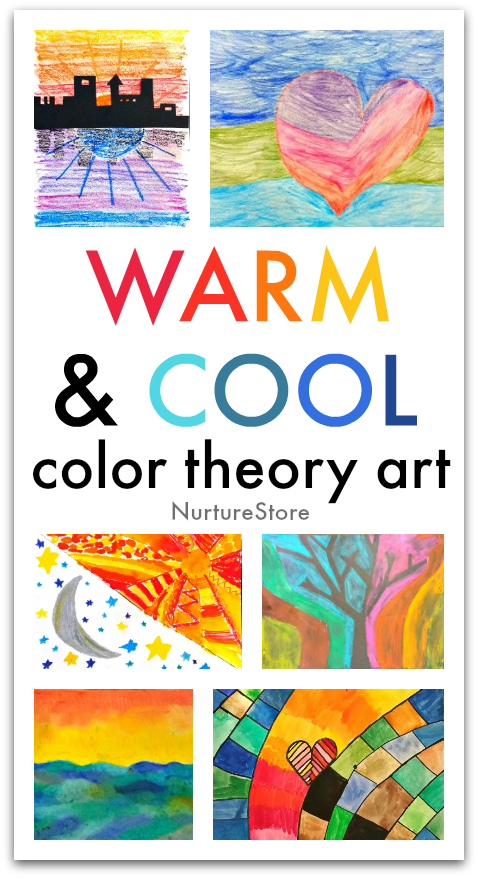
Warm and cool color theory art lesson for kids
In this lesson you can:
:: learn about the color wheel and the color theory of warm and cool colors
:: explore the associations colors have with emotions and ideas
:: learn about the Solstice and the changing balance of night and day through the year
:: create your own warm and cool art project using paint, pastels, pens or pencils

Warm and cool color theory
In color theory we can divide the color wheel in half, splitting the colors into warm colors and cool colors.
Blues, greens and some purples are considered cool colors.
Reds, oranges and yellows are considered warm colors.
Warm colours are said to bring energy, and cool colours are said to bring a feeling of calm.
We’ll talk more about these theories as we create our art, and you can think about how you personally interpret colors.
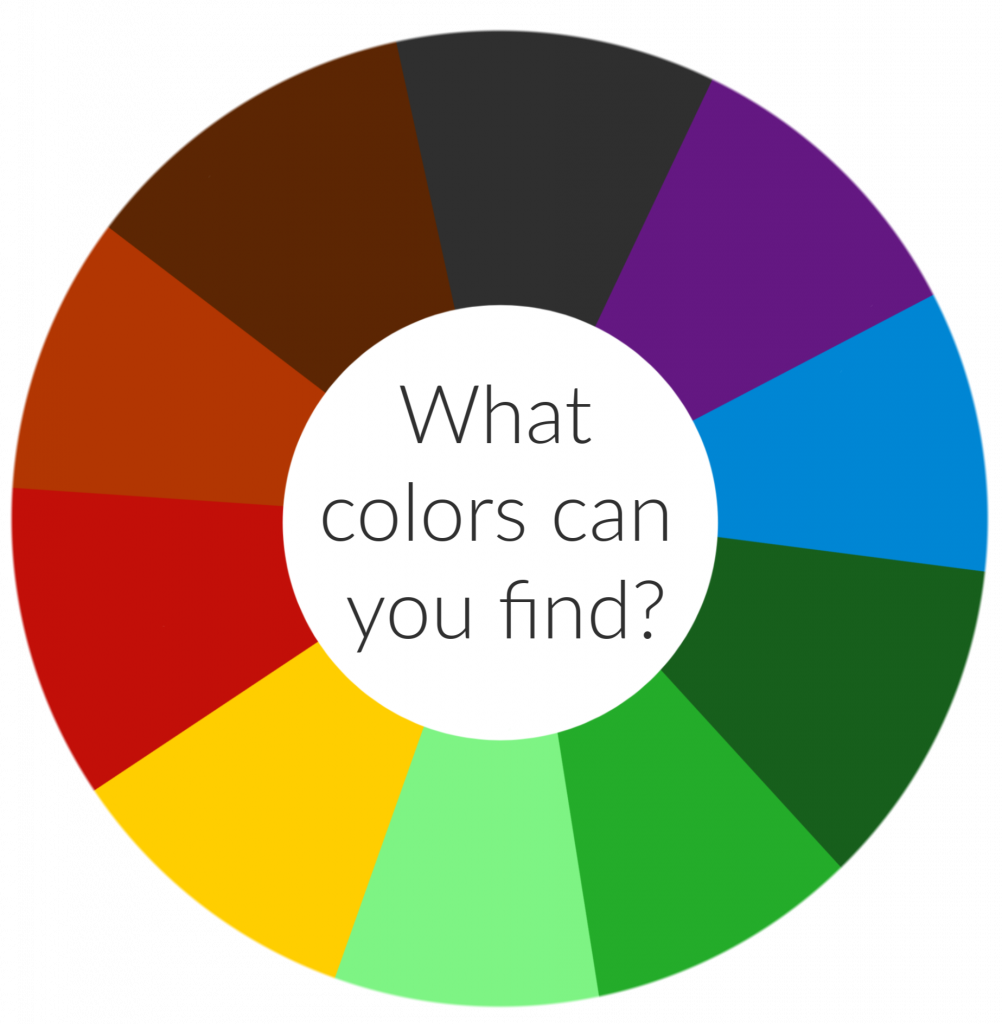
Printable color wheel
I created a printable color wheel for our forest school art activities, which you might like to print out and use.
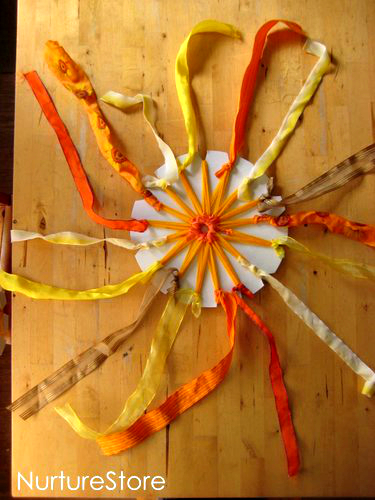
Solstice art project
We created our warm and cool art projects as part of our celebration of the Solstice.
The summer solstice occurs on June 21st this year for those of us in the northern hemisphere.
The word solstice comes from the Latin words sol, which means sun, and sistere, which means to stand still.
The summer solstice is the longest day, when we have more hours of daylight than on any other day of the year. It’s when the tilt of the Earth is most inclined towards our star, the sun, and it marks the beginning of summer. The solstice has been an important ritual, across cultures, for thousands of years.
The summer solstice is celebrated worldwide with feasts and festivals. It is a time to give thanks to the natural world, re-connect to nature, and host a summer party.
You can find more ways to celebrate the Solstice with children here, or head here for Winter Solstice activities.
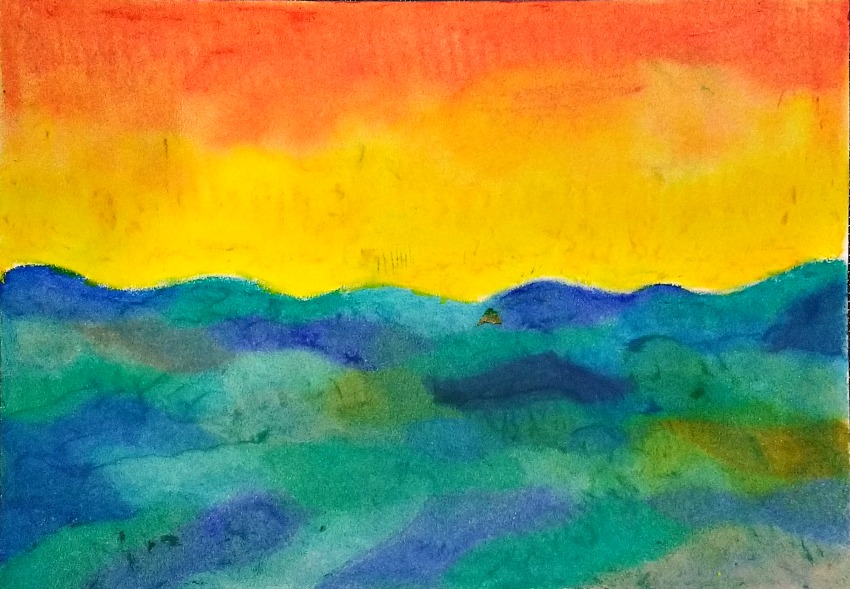
Warm and cool colors art project
Let’s create our own warm and cool colors art project to explore the ideas of night and day or light and dark.
Materials needed::: white paper
:: pencils, paints, oil pastels or pens in warm and cool colors
:: black paper or card (optional)
:: scissors and craft knife (optional)
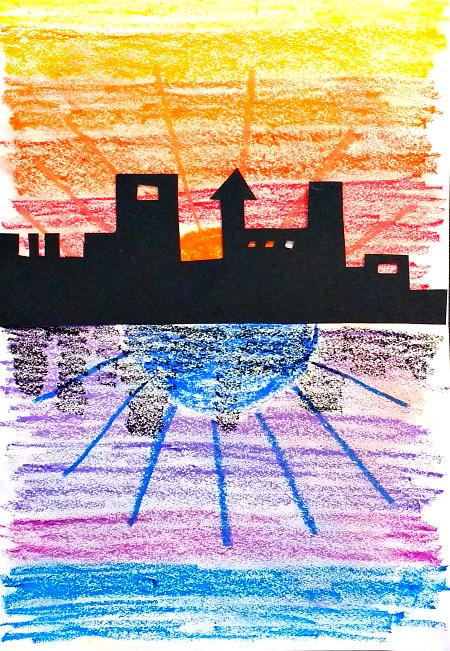
How do you think about colors?
Start by thinking about the words, descriptions, and emotions associated with warm and cool colors. You might have different opinions on this, which is good! Colors can have very personal meanings to people, and these can sometimes reflect the different cultures we are from.
Warm colors are often associated with happy, joyful emotions. They are linked to sunshine, the day time, and summer and autumn.
Cool colors can be used to express sad, calm, and tranquil emotions. They can be linked to water, night time, and the winter months.
How do you think of warm and cool colors?
What words and associations do you have for each group?
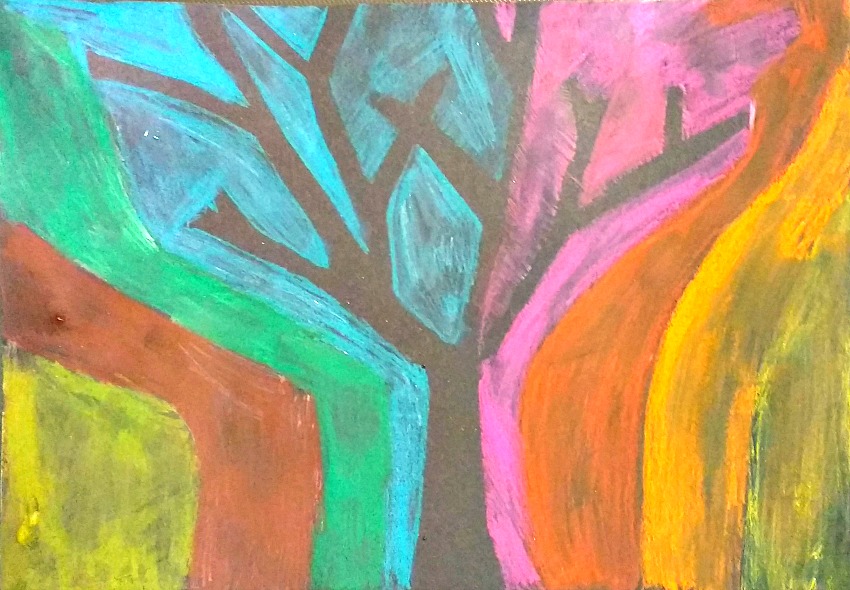
Now let’s translate our thoughts and feelings about colors into an art project.
We’ll use our materials to create a picture that has separate sections for warm colors and cool colors.
Decide which materials you’d like to use, perhaps paints, pens, pencils, or oil pastels. Have a look at the colors you have available and divide them into two piles: one for the warm colors, and one for the cool colors.
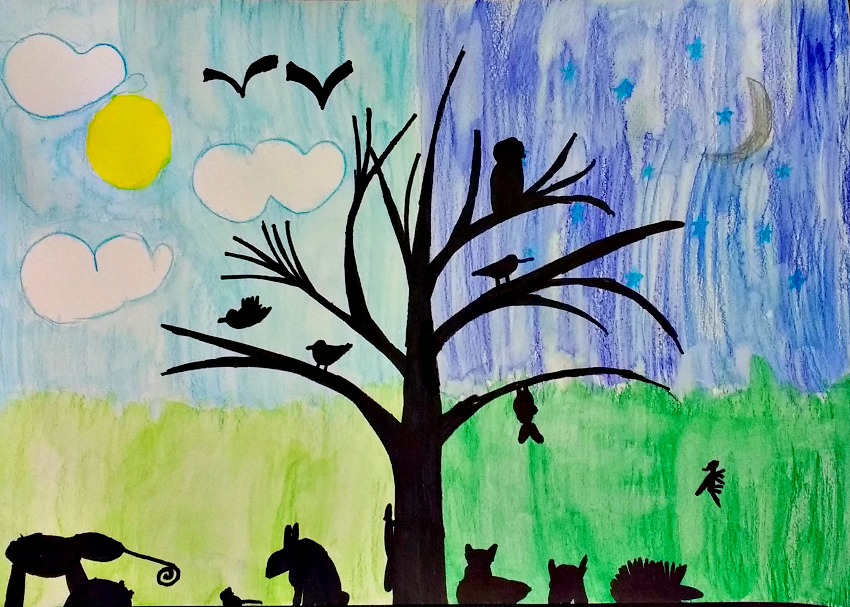
Next, decide how you would like to compose your picture. You can use the ideas in these photographs for inspiration, or create something you have thought of.
You’ll see some of the artists here were inspired by the idea of night and day. They created sunset pictures, using warm colors for the sunset and cool colors for the reflections on water.
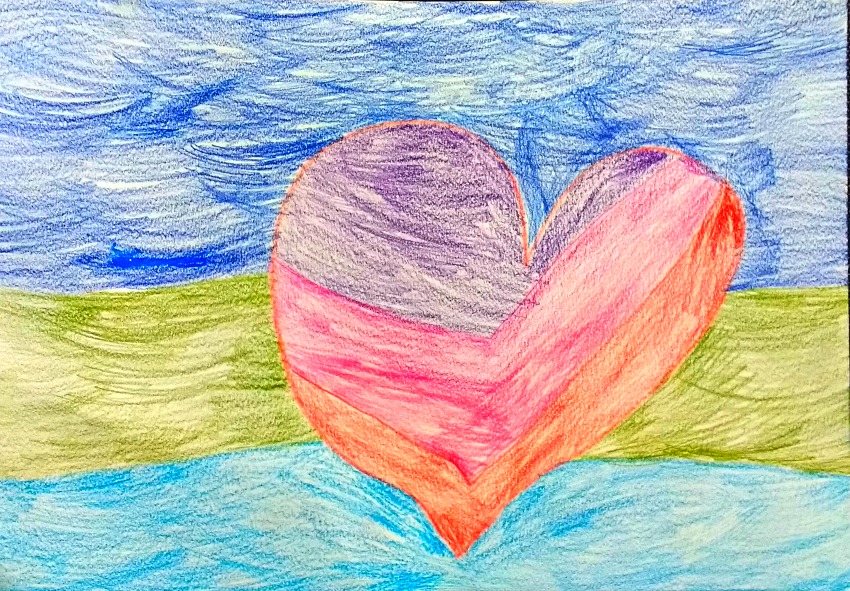
Others created their piece as a Solstice project and chose the motif of a tree to represent nature. They have split their picture into half with cool colors on one side of the tree, and warm colors on the other.
You might like to use black card, as they have done, to cut out the shape of a tree or a city skyline to sit over your coloured background. You can use scissors or a craft knife to cut out your shape, including windows in your city too.
You’ll see one artist included nocturnal and diurnal animals on either side of their tree.

Another artist reflected the happiness associated with warm colours, filling a heart with red, pink, orange and yellow, and surrounding it with cool blues and greens.
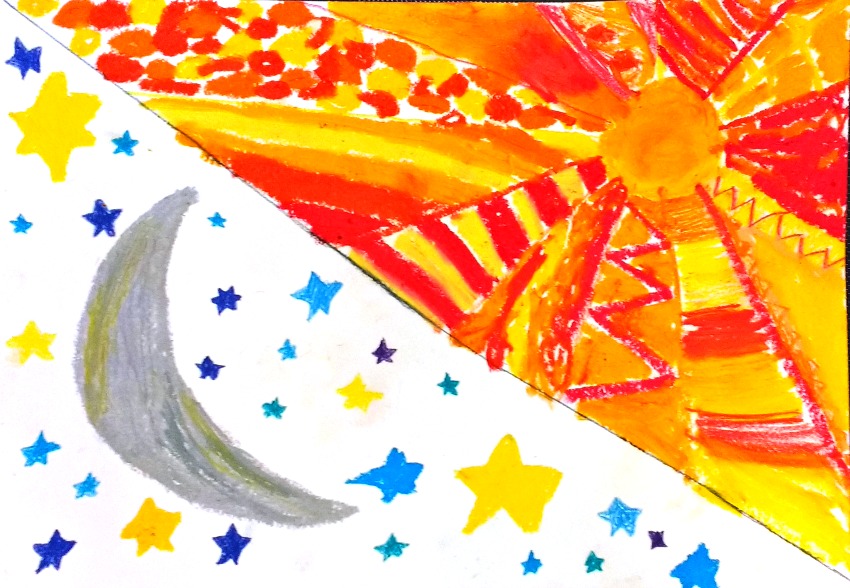
And our final artist focused on the changing balance between night and day at the Solstice and used warm colours to depict a sunshine, and cool blues and greens to create stars in the night sky.
How will you play with warm and cool colours?
What design will you create?
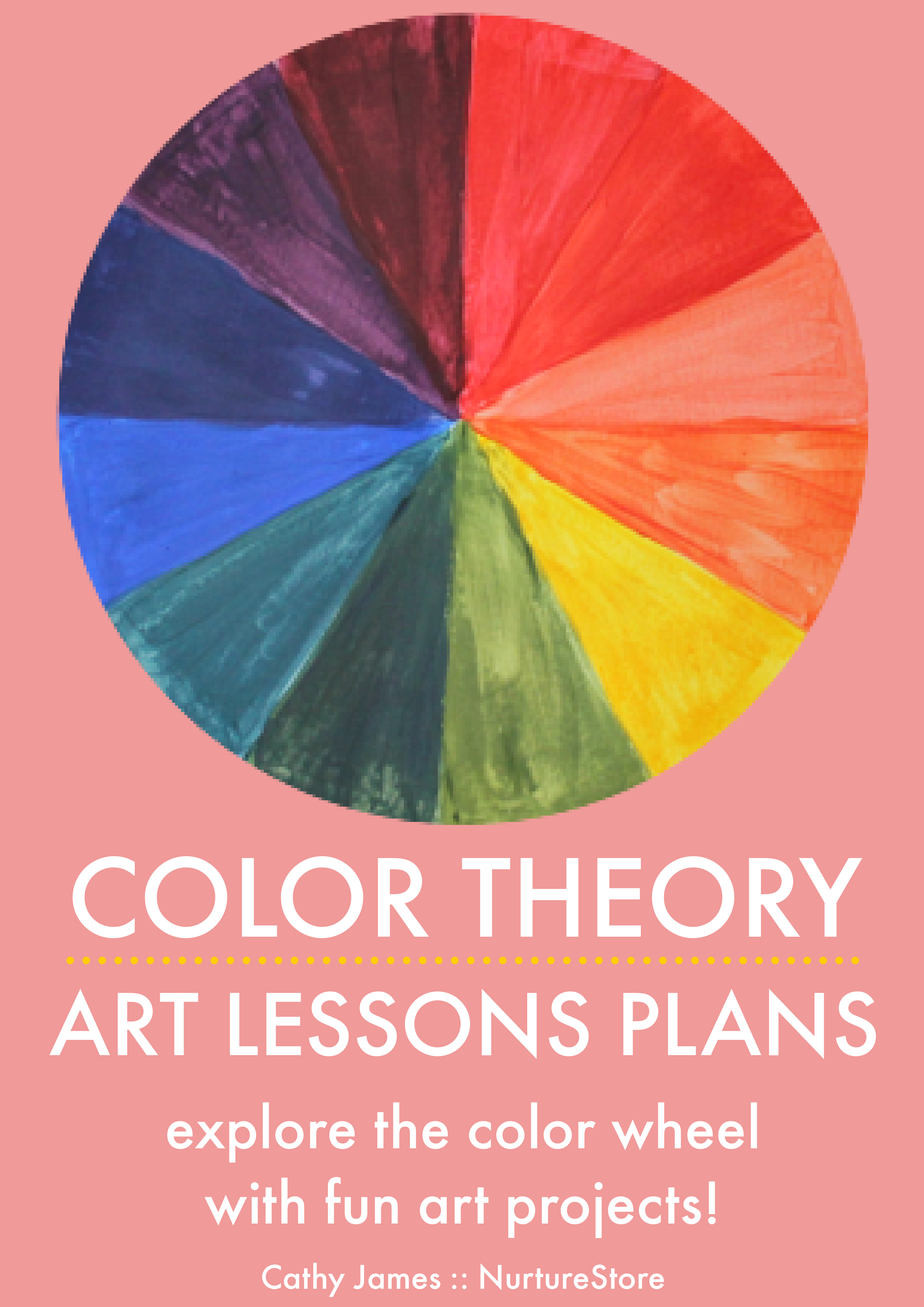
Get all our Color Theory art lesson plans
Use our ready-made Color Theory Art Lesson Plans to explore the color wheel with creative art projects. Our Color Theory curriculum gives you all the resources you need to learn about the color wheel and color theory and enjoy easy and fun art projects for every lesson.
The kit includes includes art history guides, famous artist profiles, and wider cross-curricular lessons in science, math, language arts and world culture, plus bonus printables and posters to make your teaching even easier.
See more details of our Color Theory curriculum and get your copy here.



